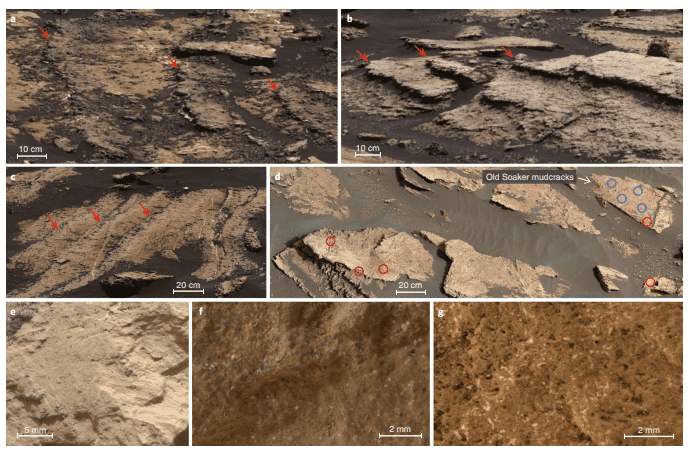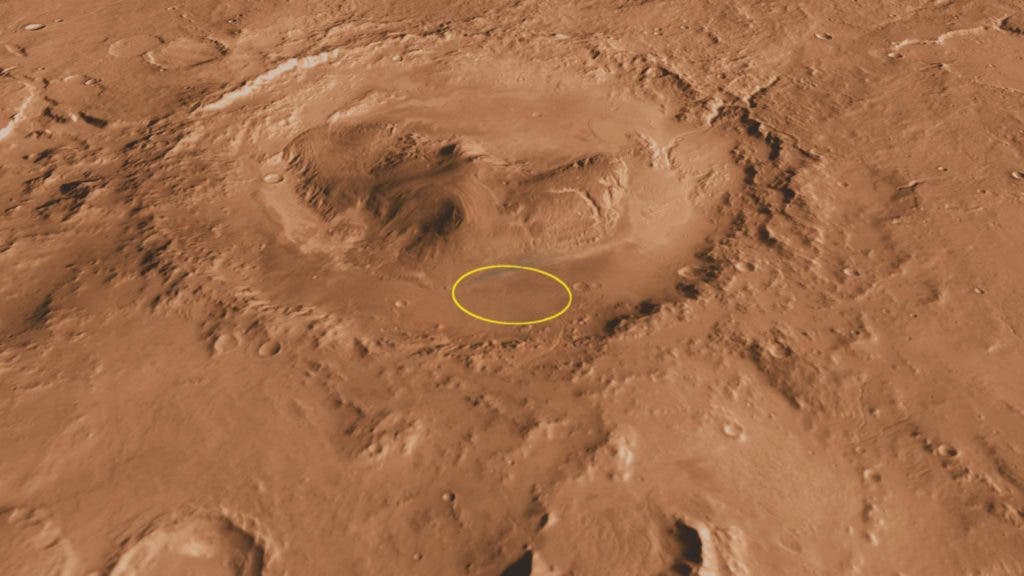
Long before humans started erecting buildings, nature had its very own cement: precipitated minerals. Essentially, water rich in mineral components will gradually precipitate, forming precipitated rocks and minerals. These minerals are good indicators of the atmospheric conditions and water chemistry in which they were formed — somewhat as if they are keeping a geological diary of their forming conditions.
From the Martian orbit, researchers have observed a diversity of sulfate, carbonate and chloride salts — precipitated minerals which are excellent fingerprints for past environments. This would suggest that not only Mars had impressive surface lakes at some point in its surface, but that these were salty lakes. Now, researchers present new evidence to back this up — using data right from the Martian surface.
NASA’s Curiosity rover detected and analyzed salt-bearing sediments, confirming the existence of ancient salty lakes on Mars. Curiosity found traces of salts indicative of ancient brines — extremely saline waters which became more and more abundant as Mars entered its arid phase.

Curiosity is currently in Gale Crater, an ancient crater thought to be a former lake.
Interestingly, the salt minerals were not found in abundance in any other place that Curiosity analyzed, indicating that the layer in which the minerals were found represents a period of high salinity in the lake’s evolution — probably, as water evaporated and the salts concentrated.
William Rapin and colleagues report the detection of sulfate salts disseminated in sedimentary rocks, dating to around 3.3–3.7 billion years ago (the Hesperian time period). These salts were not found in such form and abundance in older rocks previously analysed by Curiosity. Thus, the researchers infer that the measurements are evidence of an interval of high salinity of the crater’s lake that may have occurred as the water evaporated. These findings support hypothesized fluctuations of the Martian climate during the Hesperian period.
It’s not the first time researchers have found clear clues of existing lakes and rivers on Mars. It is believed that during a period called the Hesperian (3.3 – 3.7 billion years ago), widespread volcanic activity and catastrophic flooding carved immense outflow channels across the surface of the Red Planet. Much of this water flowed to the northern hemisphere, where it probably began to pool, forming large transient lakes or potentially, an ice-covered ocean.
At some point, however, Mars became much drier. These recent findings are consistent with that hypothesis.
“Our findings support stepwise changes in Martian climate during the Hesperian, leading to more arid and sulfate-dominated environments as previously inferred from orbital observations,” the researchers conclude.
The study “An interval of high salinity in ancient Gale crater lake on Mars” has been published in Nature Geoscience.


